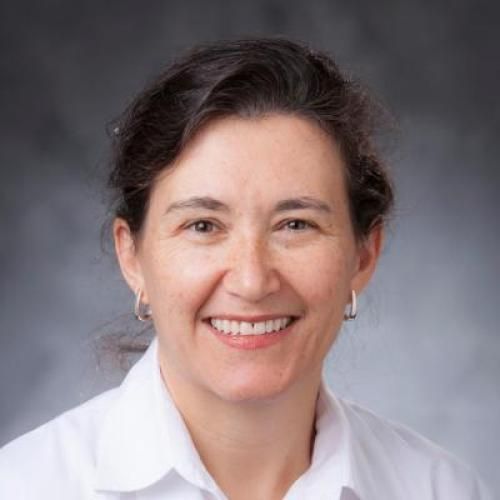Patient-specific quantification of image quality: An automated method for measuring spatial resolution in clinical CT images.
PURPOSE: To develop and validate an automated technique for evaluating the spatial resolution characteristics of clinical computed tomography (CT) images. METHODS: Twenty one chest and abdominopelvic clinical CT datasets were examined in this study. An algorithm was developed to extract a CT resolution index (RI) analogous to the modulation transfer function from clinical CT images by measuring the edge-spread function (ESF) across the patient's skin. A polygon mesh of the air-skin boundary was created. The faces of the mesh were then used to measure the ESF across the air-skin interface. The ESF was differentiated to obtain the line-spread function (LSF), and the LSF was Fourier transformed to obtain the RI. The algorithm's ability to detect the radial dependence of the RI was investigated. RIs measured with the proposed method were compared with a conventional phantom-based method across two reconstruction algorithms (FBP and iterative) using the spatial frequency at 50% RI, f50, as the metric for comparison. Three reconstruction kernels were investigated for each reconstruction algorithm. Finally, an observer study was conducted to determine if observers could visually perceive the differences in the measured blurriness of images reconstructed with a given reconstruction method. RESULTS: RI measurements performed with the proposed technique exhibited the expected dependencies on the image reconstruction. The measured f50 values increased with harder kernels for both FBP and iterative reconstruction. Furthermore, the proposed algorithm was able to detect the radial dependence of the RI. Patient-specific measurements of the RI were comparable to the phantom-based technique, but the patient data exhibited a large spread in the measured f50, indicating that some datasets were blurrier than others even when the projection data were reconstructed with the same reconstruction algorithm and kernel. Results from the observer study substantiated this finding. CONCLUSIONS: Clinically informed, patient-specific spatial resolution can be measured from clinical datasets. The method is sufficiently sensitive to reflect changes in spatial resolution due to different reconstruction parameters. The method can be applied to automatically assess the spatial resolution of patient images and quantify dependencies that may not be captured in phantom data.
Duke Scholars
Altmetric Attention Stats
Dimensions Citation Stats
Published In
DOI
EISSN
Publication Date
Volume
Issue
Start / End Page
Location
Related Subject Headings
- Tomography, X-Ray Computed
- Quality Control
- Precision Medicine
- Phantoms, Imaging
- Nuclear Medicine & Medical Imaging
- Image Processing, Computer-Assisted
- Humans
- Automation
- 5105 Medical and biological physics
- 4003 Biomedical engineering
Citation
Published In
DOI
EISSN
Publication Date
Volume
Issue
Start / End Page
Location
Related Subject Headings
- Tomography, X-Ray Computed
- Quality Control
- Precision Medicine
- Phantoms, Imaging
- Nuclear Medicine & Medical Imaging
- Image Processing, Computer-Assisted
- Humans
- Automation
- 5105 Medical and biological physics
- 4003 Biomedical engineering


